One of the UK’s top holiday destinations, Cornwall welcomed a record 5 million visitors in 2022. The number will drop by 10-15 per cent in 2023 due to the cost of living crisis and rising fuel costs. It’s a mixed picture this year, and the bad weather is an added factor.
However, summer is the peak period. When schools close, hundreds of thousands of tourists will take to the roads from all over the country to visit one of the UK’s most reliable regions for summer heat.
Cornwall is far from almost everywhere else – one of the reasons for its appeal. But there are no shortcuts and transport must be planned if it is not to be your main concern.
Here’s some advice on getting to your Cornish retreat without too much Poldark-level drama.
By road
What is the best day and time to leave?
On weekend school breaks, around 12.6m getaway trips are made by car, according to data from the RAC. Even delaying until Monday or Tuesday could be a prudent move.

The RAC cites transport advisor INRIX, which advises motorists not to use major roads between late morning and early evening between Thursday and Sunday. The best times to travel on these days are usually before 8am in the morning or after 7pm. Leave very early, or you’ll arrive very late, and you’ll have a good chance of avoiding traffic.
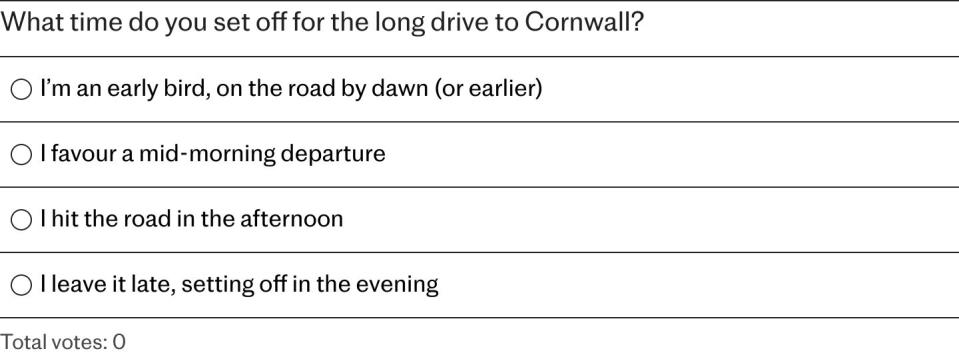

What is the best way to take?
The A303, past Stonehenge, remains a popular choice for those coming from the South East. It is no slower than the M4/M5 and has some basic services.


Where the M5 dies near Exminster is the Great Divide. The A38 continues south west towards Plymouth and Liskeard. The A30 turns sharply west for Okehampton and Bodmin Moor.
If you are passing Bodmin, either route is viable. The A30 is usually around 10 minutes faster. Check the road traffic information before departure to avoid any temporary works. Cornwall Council has a dedicated live updated page.
Where are the best pit stops?
For snacks and toilets, it depends on the route you take. On the M5, Gloucester Services presents itself as a “Farm Shop”.
It’s not really, but it has some nice exterior areas and is less plastic looking than Moto, Welcome Break and other franchises.
To break up your trip, we recommend: Wells and Bath – which came second and first in our survey of Britain’s best and worst cities – for architecture and overall beauty; the Mendips and Quantocks for picnics and short walks; Totnes for green spaces (including Dartington Estate) and independent shops; Camborne and Redruth for history and your first pasty.
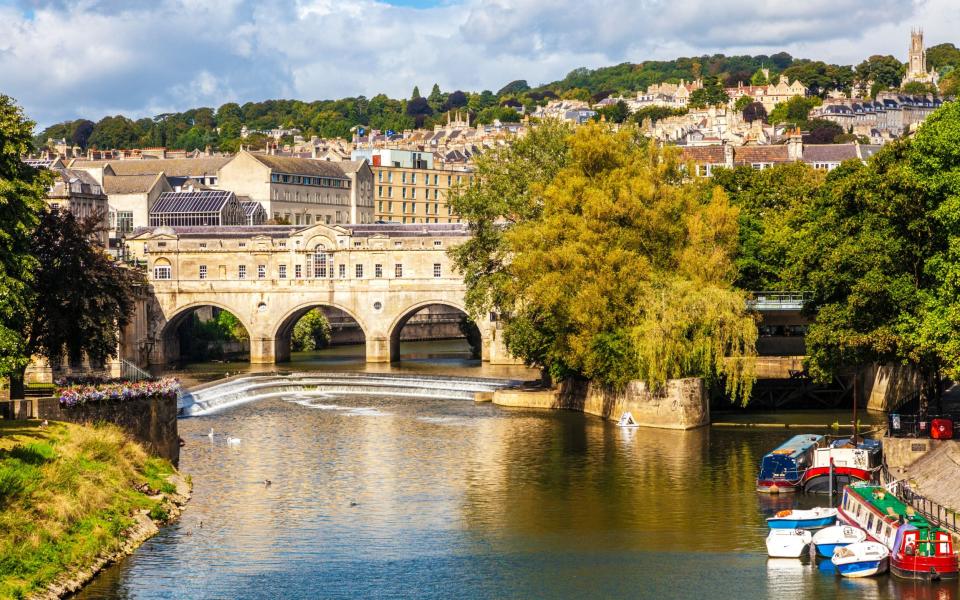

What are the stress points?
Watch out for cameras on Cornwall’s highways. There are many of them and they are often prone when cars speed easily.
The new dual carriageway between the Chiverton Cross and Carland Cross roundabouts on the A30 in Cornwall was recently opened after a four-year upgrade. National Highways says there is outstanding work on some local roads.
The M5 is busy but has fewer pin points than other motorways; it does not pass large cities after Bristol and there are not many densely populated contiguous cities. No section is as terrible as the M6 near Birmingham. See our guide to British motorways for more tips.
Are there viewing options?
If you want a slow, scenic entry into Cornwall, the A39 via Minehead and Barnstaple is an option. The SW660 coast road, launched in 2022, hasn’t been as successful as Scotland’s NC500, but is worth considering if you’re not in a hurry.
Crossing Dartmoor is not quick but easy, with good access to the east at Ashburton and Moretonhampstead. You can climb a bush to stretch your legs.


By rail
How well is Cornwall connected to the rest of the country by rail?
Penzance and Truro have direct trains from London, Bristol, Manchester, Edinburgh and as far as Aberdeen – the longest rail service in the UK. Penzance is the second busiest station in Cornwall. Truro is the busiest, with around double the number of passengers compared to Penzance.
Trastyre runs lines to the North and Midlands. GWR operates Great Western lines via Bristol and Castle Cary to London Paddington. Another route into the region is South West’s Waterloo-Exeter line for those traveling from the capital.
Four all-or-mainly single-track branches connect to the main line. The 4.25 mile St Ives Line connects St Erth and St Ives every 30 minutes. The New Quay Line or Atlantic Coast Line is a 21 mile link between Par and New Quay; it’s a scenic drive but trains only run every 2-3 hours (6-7 services per day). The Looe Valley Line runs nine miles between Liskeard and Looe every hour. The 12 mile Marine Line runs from Truro to Falmouth Docks every 30 minutes.
Resort buses connect the stations. Download the entire summer bus clip. If you prefer live digital data, see gocornwallbus.co.uk/services.
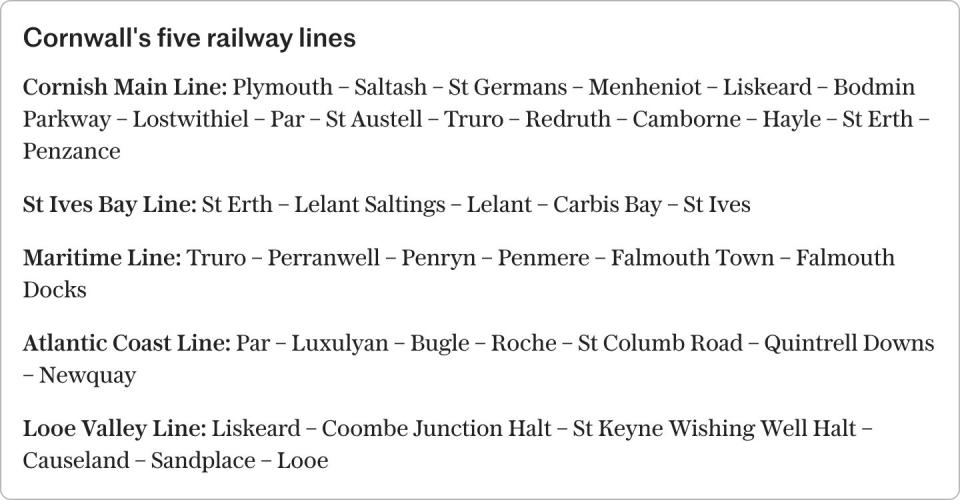

What is the best time and day to travel by rail?
Avoid the early morning hours to keep costs down. Also early intercity trains can be busy with commuter passengers to Bristol, Exeter and Plymouth.
The noon to 2pm slot is very popular for a holiday event. The 3.03pm Paddington to Penzance is a sensible move if you want a bit of space.
In general, trains are quieter on Tuesdays, Wednesdays and Thursdays. Many people try to get away on Friday evening and return on Sunday, so if you can travel outside of those times, consider doing so.
Two busy periods are the August bank holiday weekend (24-26 August) and the week of the Masters Festival (7-11 August).
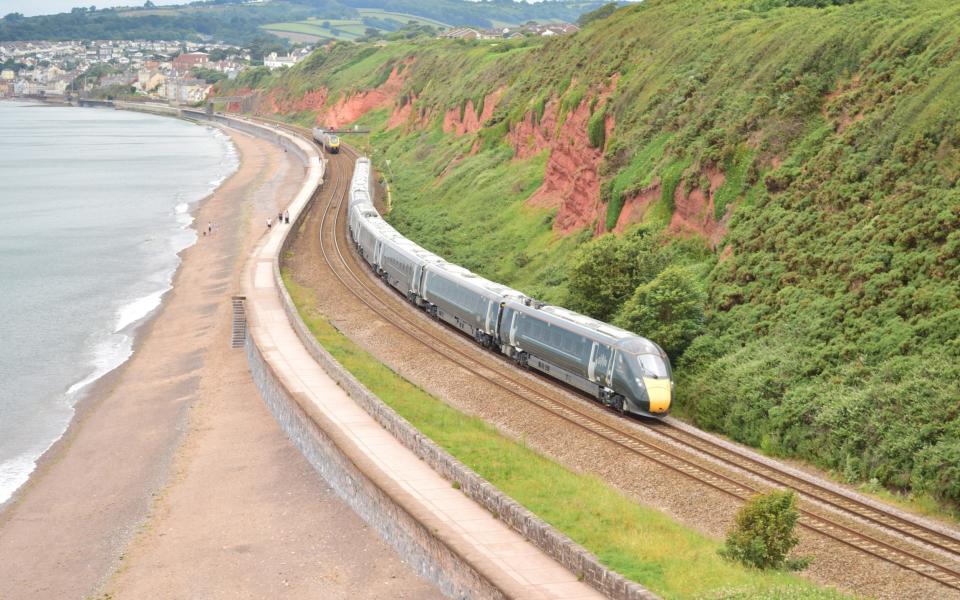

What about the sleep service?
The Night Riviera will leave London from Paddington at 11.45pm Monday to Friday. The first stop is Reading (pick-up only), after which it continues to Taunton, Exeter, Newton Abbot and all stations to Penzance (arriving at 7.50am). The stops are set only. On Sundays it leaves at 11.50pm, non-stop at Taunton.
You can board the train from 10.30pm. Travel in a seat is included in the basic ticket price. There are single occupancy (from £45 but see below for a real-life example) and twin cabins (from £34pp). Each train has one accessible cabin (bookable on 0800 197 1329).
Return services leave Penzance at 9.45pm Monday-Friday and 9.15pm Sunday, arriving in London just after 5am (cabin guests can stay on board until 6.45am).
Is it ever cheaper than driving? How can you get the cheapest fares?
Two adults and two children traveling from London to Paddington to Newquay on August 15, returning on August 28, costs £315.90 (combination of Super Singles Off-Peak and Family Advance Std, whatever that is). Obviously even a car with a thirsty six liter engine would be cheaper. £607.50 for first class for the same journey.
The return sleeper service on those dates is £570 for the family group plus £826 for two twin cabins each direct. Total: £1,396.
For individual travellers, the train is clearly more competitive.
Book in advance to get the best deals. GWR allows booking up to 24 weeks before travel for weekday trips and 12 weeks for weekend trips.
Are there additional services for the summer?
In response to the high demand for GWR services towards Devon and Cornwall, particularly at midday, two services depart almost at the same time. The 12.03 runs direct to Exeter St Davids and on to Plymouth, before heading to stations in Cornwall. The 12.05 Paddington departure serves intermediate stations (Reading, Taunton, Exeter, Newton Abbot).
Any insider tips?
Don’t have a reservation? Keep an eye on yourself. Railway station monitors show which carriages are busy and have space. Ask the guard to direct you to the part of the platform where you must stand. It is often quieter in the unreserved carriages for the entire journey.
When booking, always check the premium price. Sometimes it’s just £25 extra to travel one way in the posher seats.
Take food. Catering on board is trivial at best.
Through air
How many airports in the UK offer flights to Newquay?
There are regular flights to/from Aberdeen/Dyce, Belfast, Edinburgh, Glasgow, Guernsey, Humberside, London Gatwick, Manchester and Isles of Scilly to Newquay.
A number of European services are available, including to Dublin.
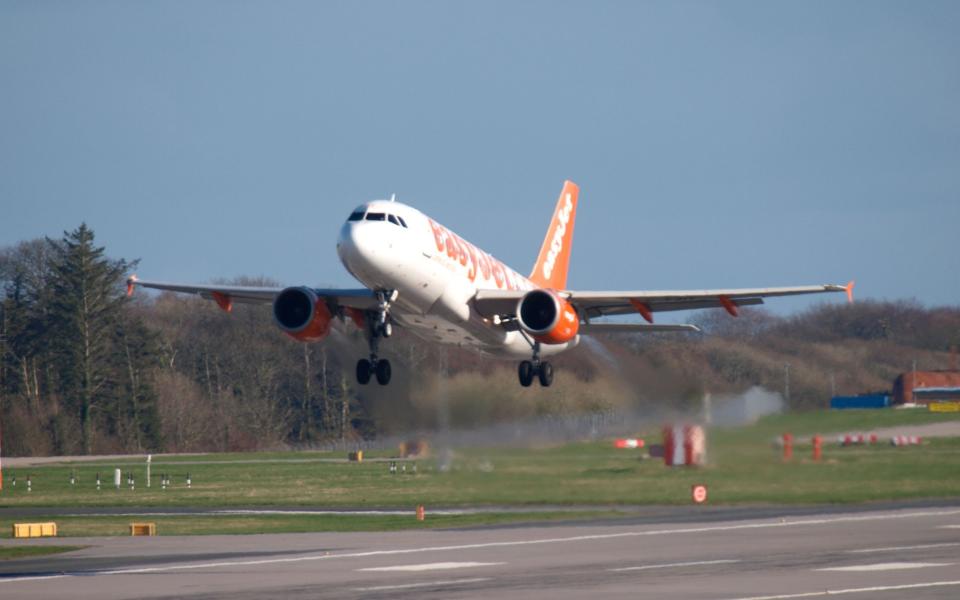

Which airlines?
Eastern Airways operates routes between Newquay and Gatwick (1h 20, 2-3 times a day) and Humberside (1h 30, once a day, Monday and Friday).
EasyJet flies between Newquay and Glasgow (1h 20m, once daily, Tuesday and Saturday).
Ryanair flies Stansted to New Quay (1h 10m, once daily, Tues, Thurs and Sun).
Loganair flies Newquay to Manchester (1h 25m, once daily, Tues-Sun) and some services continue to Aberdeen/Dyce (3h 15m, once daily, Sat, Sun, Mon, Wed). It also operates a non-stop service to Edinburgh (1h 55m, once a day, Sun, Mon, Thurs, Fri) and to Newcastle (1h 25m, once a day, Wed, Sat).
Emerald Airlines flies Newquay to Belfast City (1h25, once daily, Saturday, Sunday).
Aurigny flies from Cé Nua to Guernsey (once daily, 45m, Tuesday).
When is the best time and day to travel by air in terms of price?
So-called dynamic pricing means this feels like a free-for-all and these channels are mostly monopolies and often disappear. A mid-August return with Loganair to Newcastle-Newquay is around £250. Ryanair was under £45 on the same dates. But fancy catching a train to Scotland to get to Cornwall? It’s worth surfing Skyscanner, Opodo and Momondo etc to look at the options – although they will sometimes offer random routing.
If you are flexible, check different dates to get the best price. Cheap tickets were sold out for several days on the Loganair-Aberdeen/Dyke New Quay, making “with-30kg-baggage” tickets (£60-£90pp extra) mandatory.
Is it ever cheaper than driving?
Ryanair/Easyjet flights can be cheaper than driving. Other flights compare favorably with rail (and can shave hours off the train journey from somewhere like Newcastle) but are more expensive than driving.
Book well in advance to get the best deals. More information at: cornwallairportnewquay.com